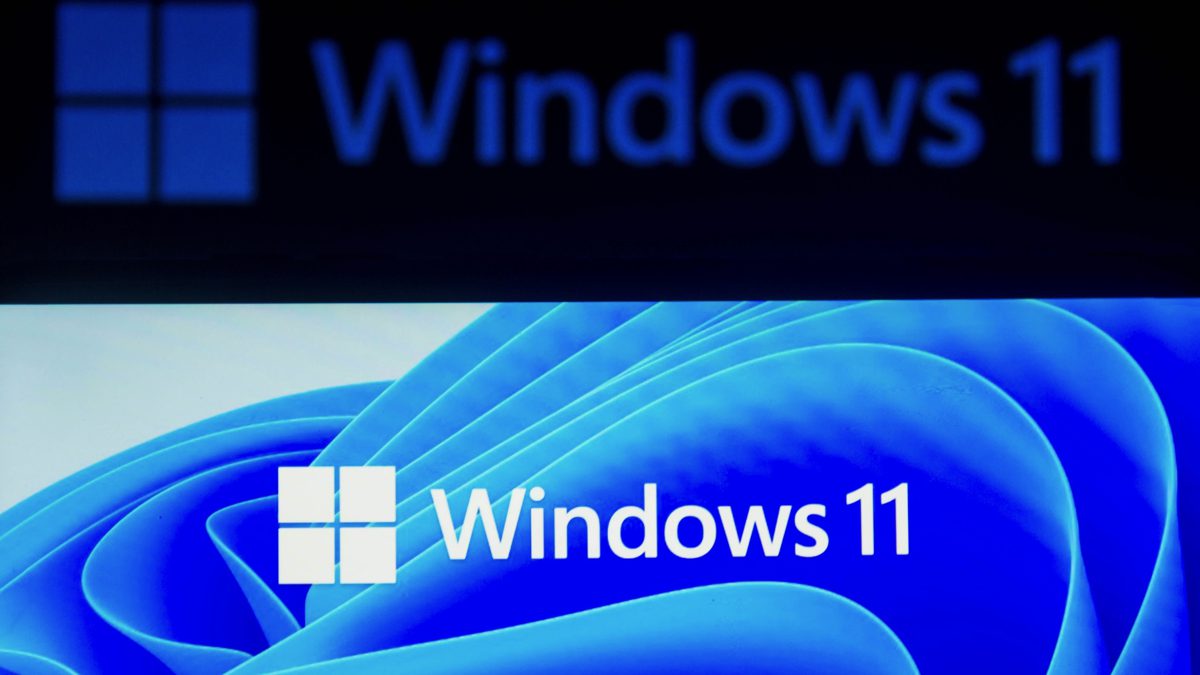Microsoft is warning about a bug in Windows 11 that might lead to “data damage” for PCs running new CPUs that support the latest encryption protocols.
Redmond has been vague on the details, including the severity, but the issue can affect storage encryption programs such as BitLocker.
According to Microsoft’s report, the bug can be triggered for Windows 11 devices running the latest Vector Advanced Encryption Standards instruction sets. Specifically, AES XEX-based tweaked-codebook mode with ciphertext stealing (AES-XTS) or AES with Galois/Counter Mode (GCM) (AES-GCM).
These instruction sets can be used over newer CPUs to run encryption for BitLocker and drive storage programs from Kingston. Microsoft accidentally created the bug when it “added new code paths” to take advantage of the encryption protocols.
Microsoft hasn’t said which CPUs are affected. But Intel has been implementing the AES-GCM encryption protocol since 2010, according to a company document. The same bug also affects systems running Windows Server 2022.
Microsoft rolled out two patches in May and June to address the issue, but those patches led to a “two-times” performance drag for Windows 11 PCs when running encryption-based operations. The performance hit could appear for BitLocker, the Transport Layer Security (TLS), which is used to encrypt data over a web browser, and during disk throughput operations, especially for enterprise customers.
So if you experienced slow PC speeds earlier this summer, this bug might explain it. The good news is that Microsoft released another two patches to fix the problems with the originals, which it recommends you install immediately.
“If this affects you, we strongly urge you to install the May 24, 2022 preview release or the June 14, 2022 security release as soon as possible to prevent further damage. Performance will be restored after you install the June 23, 2022 preview release or the July 12, 2022 security release,” the company said.
Windows 11 users can receive the newest patches via the automatic Windows Update function. Or they can download the update from Microsoft itself.
.


